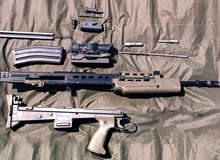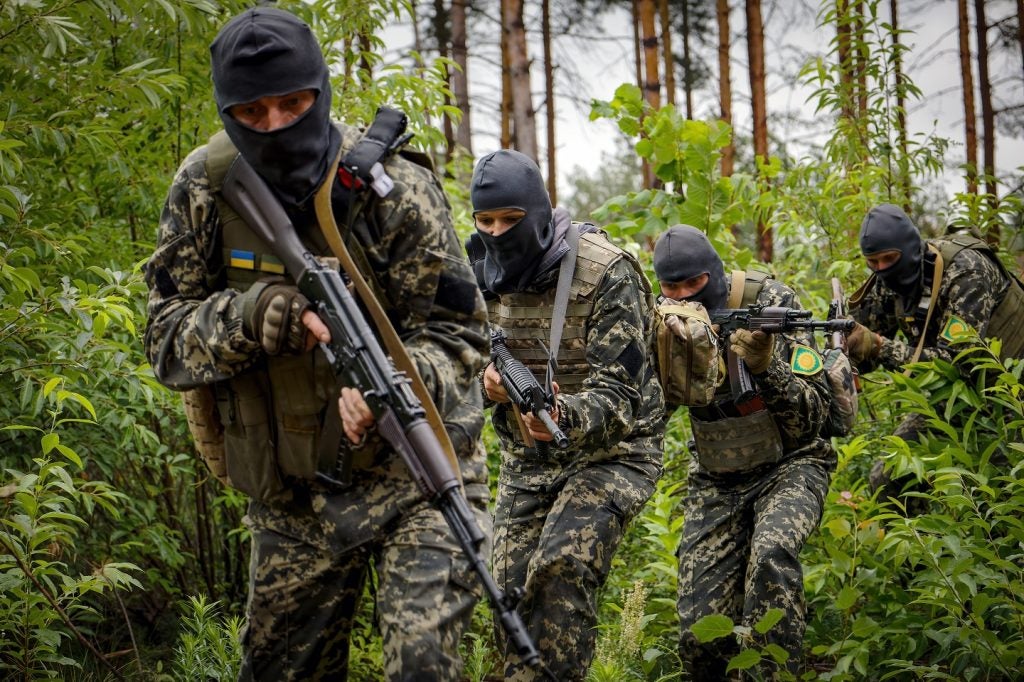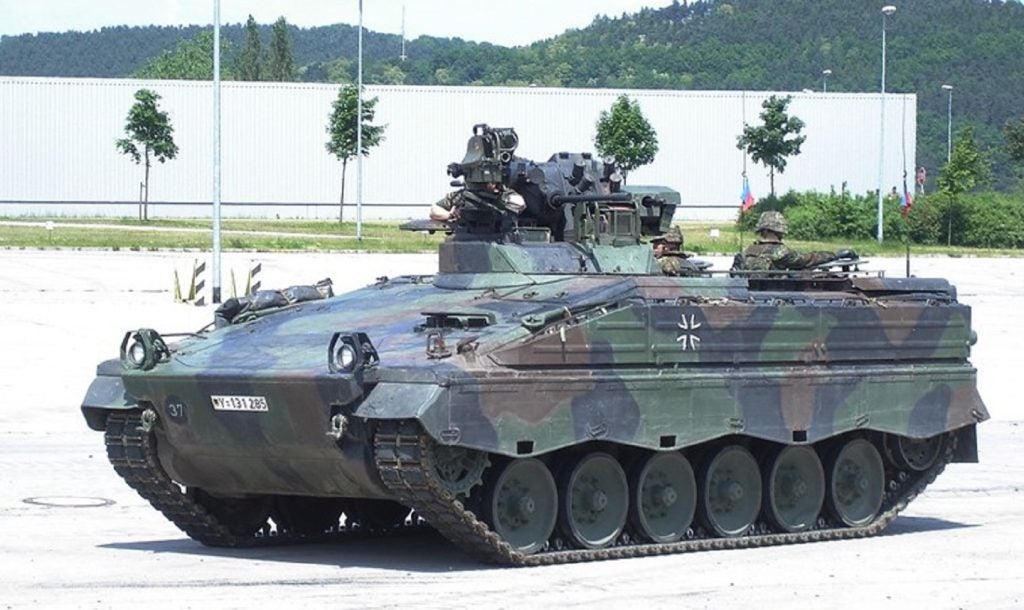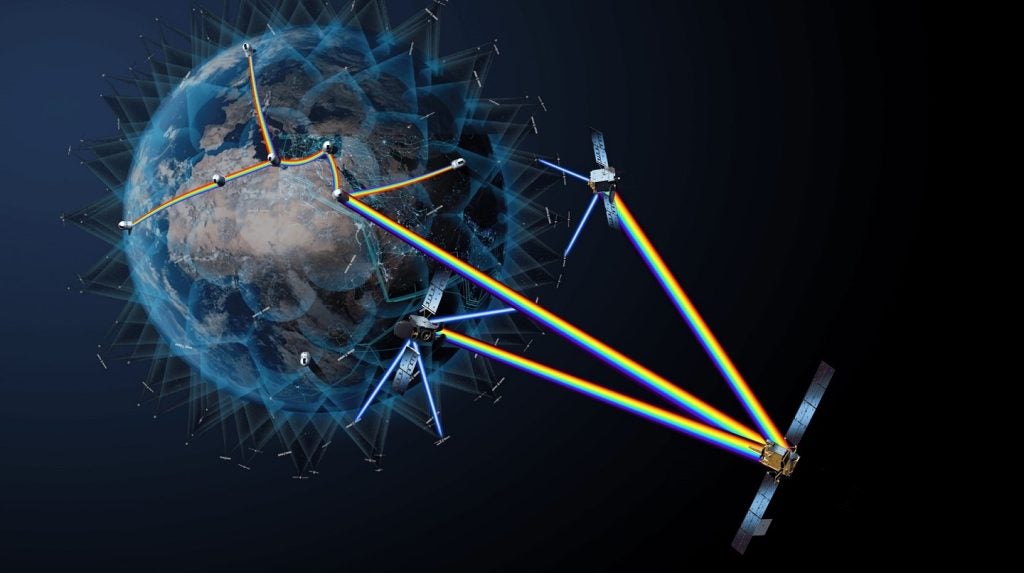
Recent articles in other defence journals raise interesting questions over the extent to which scientific method translates to the realities of warfare, especially in regards to dismounted close combat.
Scientists often suggest that the quantity of ammunition fired against an enemy is not very efficient when compared to the numbers killed, with claims that “suppression” can be achieved by better means than just volume of fire alone, provided that the user is prepared to invest heavily in a sustained and suitably expensive research programme. It is of worthy note that the UK Ministry of Defence Future Integrated Soldier Technology (FIST) programme was based on concepts which originated around 1993.
The current generation of small arms issued to British troops in Afghanistan goes to prove this point. For example, “experts” continue to promote the claim that the SA-80 light support weapon (LSW) is “better” at suppression than the L110 (Minimi) light machine gun (LMG).
In a scientific assessment, the answer is that it probably is more effective, but to what extent does this argument carry across to experience of combat?
Light machine guns in WW2
See Also:
The evidence of actual combat is usually entirely lacking from the scientific analysis. Experience of engagements between German MG-42s and the LSW of its day, the Bren gun, during WW2 all point to the superiority of the German weapon.
How well do you really know your competitors?
Access the most comprehensive Company Profiles on the market, powered by GlobalData. Save hours of research. Gain competitive edge.

Thank you!
Your download email will arrive shortly
Not ready to buy yet? Download a free sample
We are confident about the unique quality of our Company Profiles. However, we want you to make the most beneficial decision for your business, so we offer a free sample that you can download by submitting the below form
By GlobalDataVeteran Sydney Jary recounted what it was like to be under Spandau fire during the battle for Mont Pincon in Normandy in his autobiography 18 Platoon: "There must have been about twelve machine guns firing at one time. This devastating display of firepower stopped the battalion dead in its tracks"(p8). Or again: "When it came to a fire fight between a German and a British platoon, (the German) MG-34 and MG-42 won hands down"(p53).
The same must be said of the reasoning for the post-Korean war era GPMG in the face of massed “human wave” attacks. The Bren gun was technically flawed by virtue of the built-in stoppage when changing magazines. The same is true of the LSW.
Oman and the Falklands
During the Dhofar campaign of 1970–6 the most important small arms weapon was the GPMG together with the 0.50 calibre Browning machine gun, once both were made available.
These were the only suppressive weapons that could cover the distances involved in most fire fights with Adoo guerrillas, providing sustained fire in each case as a consequence of the weapons being belt-fed. That said, it must be admitted that the majority of enemy casualties were actually caused by mortar, artillery and airpower, rather than small arms.
It was no accident that 2 PARA subsequently doubled its GPMGs per section during the Falklands war as a direct consequence of the above experience. There was no time for a scientific assessment of the value of so doing but I did not notice anyone complaining too loudly at the increased scales of ammunition.
Light machine guns in modern conflict
I must admit to my own bias. I assisted in the introduction of the Minimi LMG into service in 1988 and wrote the MoD paper rejecting the SA-80 and LSW family of weapons for my MoD “User”. I demanded the same for the British Army in 1998/9 during the Kosovo crisis, by which time it was known that in cold dry (Alaska) and hot dry (Kuwait) conditions, the SA-80 had a reliability of around 20% and the LSW between 0 and 5%.
I twice had my position threatened if I continued with the UOR and although none were then procured – owing to a hasty withdrawal by Milosowitz – the UOR for an LMG remained on the computer so as to allow rapid procurement in 2001 and again in 2003.
The Minimi is, by all accounts, a highly valued accoutrement within a fire team and was used extensively in both Basra and Helmand. I have no idea whether there is scientific evidence in support of this contention, but how important is that?
Whatever the dubious “science” behind theories of suppression dictates, those who have experienced or inflicted it first-hand have been in little doubt as to what it truly means.
Scientists and pseudo-scientists might perhaps consider very carefully the collective practical wisdom on “suppression” before claiming to know better than front line practitioners.







